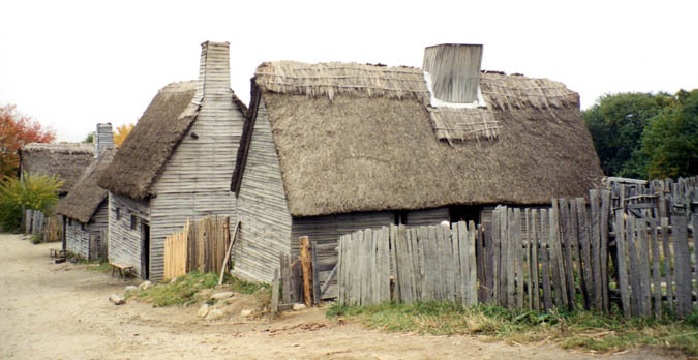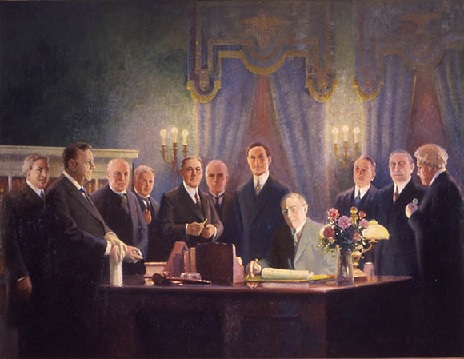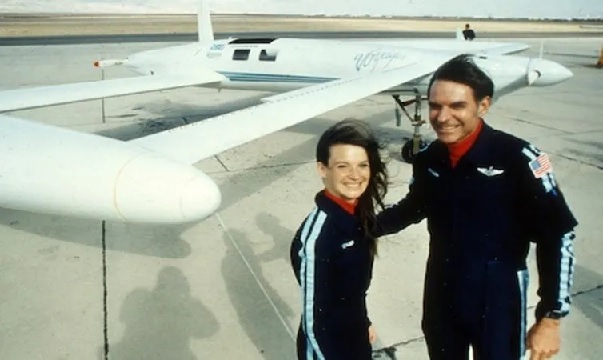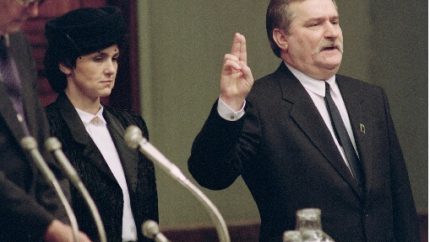
On December 23, 1823, the poem “Account of a Visit from St. Nicholas” was published anonymously in the Troy Sentinel. This beloved work, better known today as “The Night Before Christmas,” was initially submitted to the newspaper by a friend of Clement Clarke Moore, a wealthy New York City language professor and Bible scholar. Moore had penned the poem a year earlier, in 1822, to entertain his children during the Christmas season. Its anonymous publication soon became a sensation, spreading the joyful imagery of Santa Claus, reindeer, and gift-giving traditions that continue to shape Christmas celebrations worldwide. The poem’s enduring appeal underscores its role in cementing the modern image of Santa Claus and the spirit of Christmas cheer.

On this date in 1620, the Pilgrims began constructing the Plymouth settlement. A month after the Mayflower’s initial landing near Cape Cod, the ship relocated to Plymouth Rock, where the settlers disembarked to establish their new home. Just two days later, construction began on housing, marking the start of what would become a cornerstone of American colonial history. The Plymouth Colony’s foundation symbolized the determination and resilience of early settlers, as well as the beginning of lasting cultural and political influences in New England.

In 1913, the Federal Reserve System was established when President Woodrow Wilson signed the Federal Reserve Act into law. This pivotal legislation was designed to stabilize the American banking system, which had been plagued by financial panics and economic instability. The Federal Reserve’s creation introduced a centralized system to regulate currency, control inflation, and act as a lender of last resort during financial crises. This institution remains a cornerstone of the U.S. financial system, influencing global economic policies to this day.

On December 23, 1986, the experimental airplane Voyager, piloted by Dick Rutan and Jeana Yeager, completed the first non-stop, non-refueled flight around the world. Designed with cutting-edge materials like graphite-honeycomb composites to maximize fuel efficiency and minimize weight, Voyager launched from Edwards Air Force Base on December 14 and completed its historic journey nine days later. This achievement not only demonstrated the potential of innovative aerospace engineering but also set a record that redefined the limits of human endurance and aviation technology.













